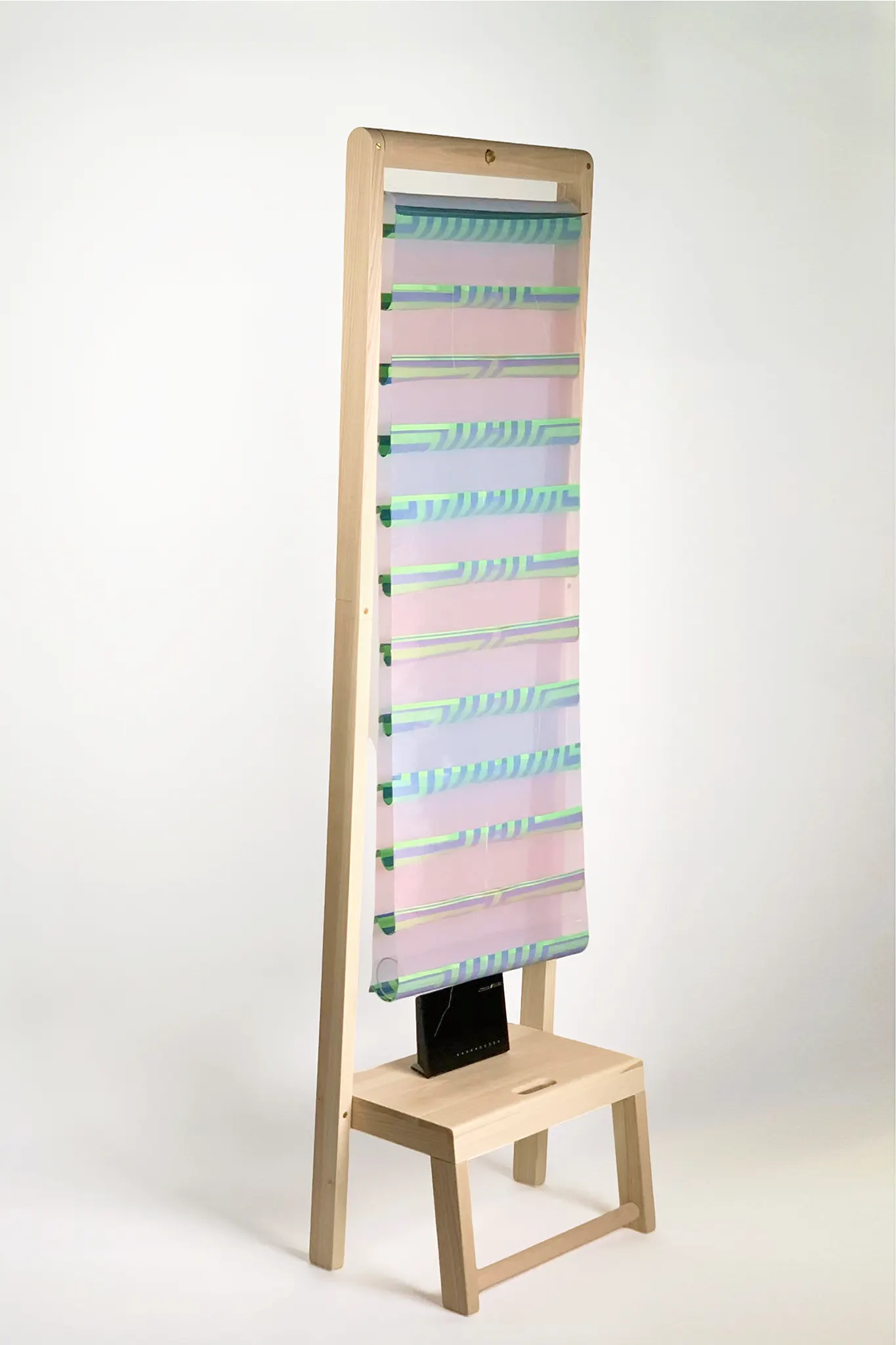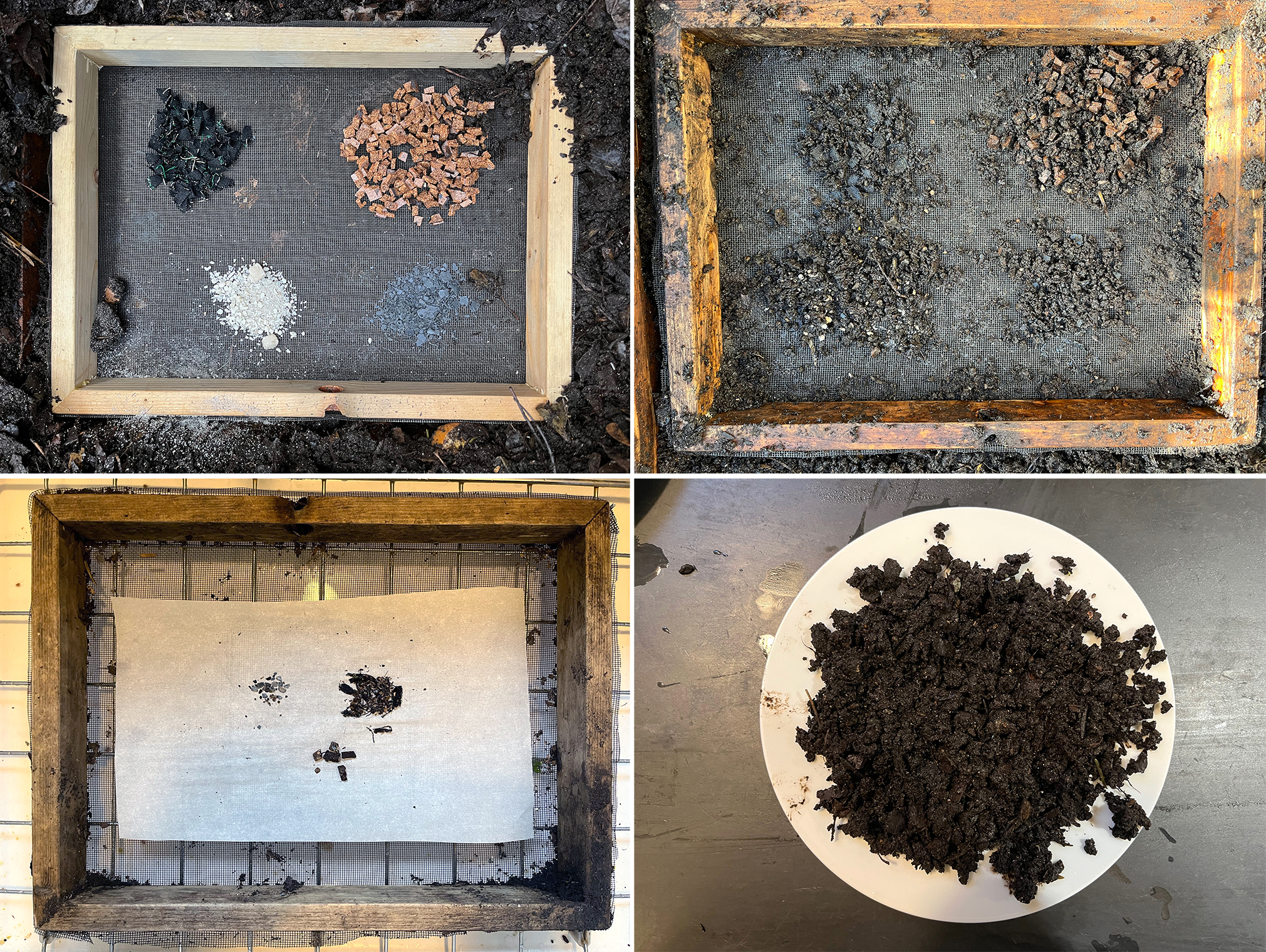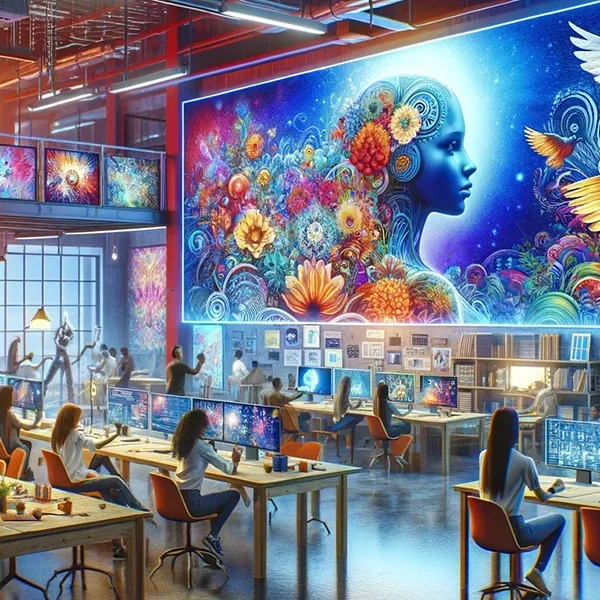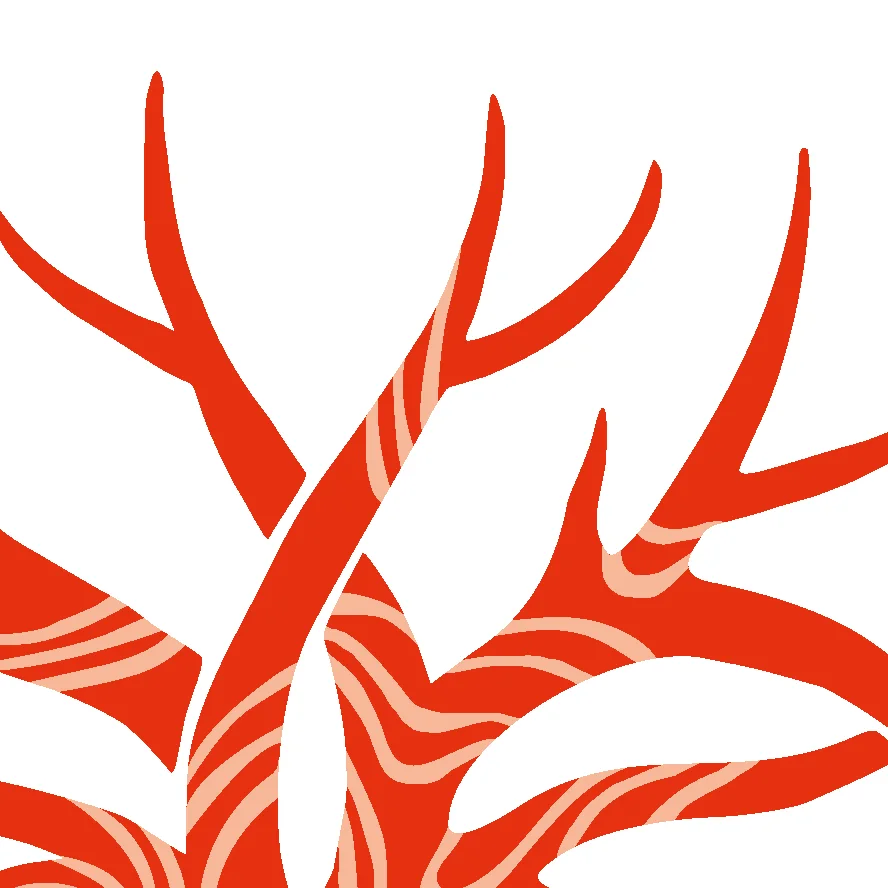What might it mean for us to move past human-centered design?

Design has thrived as a human-centered practice, but how can we move beyond the privileging of humans to explore design as a practice of cohabitation and mutualism?
by Ron Wakkary, 08.11.2023
What might it mean for us to move past human-centered design? Things designed, including artifacts, systems, and other designed entities are typically created to leverage human qualities, values, and purposes. As a result, research in design is devoted to understanding interactions between humans and things to better support, foster, and amplify human agency. However, the impact of designing goes well beyond human interactions and experiences. The privileging of humans in designing harmfully obscures, exploits, or ignores the more-than-human worlds we design within. This is evident in the damage to biodiversity, the climate crisis, and the hindering of environmental justice. In response, design scholars increasingly see the need to situate design within broader and more-than-human relations and values. My design research is a part of this effort. I recently wrote Things We Could Design for More Than Human-Centered Worlds [1] to describe a theory of designing-with in which the measure of good designing is its contributions to cohabit more-than-human worlds.
Whether designers subscribe to more-than-human thinking or not, the reality is we design within more-than-human worlds. As the philosopher Karen Barad argues, the existence of entities is not self-contained rather continually becoming through their entanglements with others [2]. Simply put, everything is entangled in more-than-human relationships. For me, the term more-than-human includes plants, animals (including humans), microorganisms, as well as technologies, things, materials, and processes. It is an expansive term to underscore the ecological premise of interdependencies and shared agencies. Moving more-than-human concerns to the foreground, seriously challenges dominant thinking and practices in design. Human-centered design lacks the values, concepts, methods, or plainly speaking, a relevant world view to be helpful in guiding a more-than-human approach. This creates the need for alternatives to address specific challenges like designing for the entangled relations of things, the need to design in ways that humans are not the exclusive actors, and the capacity to negotiate the differences, interdependencies, and multiplicities, within more-than-human worlds.


Designing-with theorizes a practice to design in which humans are neither central nor exceptional but are ecologically interdependent and share agency with that which is not human. The prescriptive aim is cohabitation. This could mean symbiosis or some form of mutualism, but also includes companionship, or simply living alongside others. Cohabitation comprises a multiplicity of ways of interacting or relating with each other that on balance are sustaining.
The term designing-with signals two ideas, the first is relationality or that everything is interdependent with everything else. When designing, this calls for a radical shift of attention toward the relations that gather. For example, a current project of ours is the Woven Wi-Fi Antenna, a series of woven textiles that are antennas for wireless routers. The pattern of the textiles is designed to be visually perceptible by bees based on bee perception research. We call these antennas “disjunctive” because they bring together unrelated ideas like wi-fi and bees. Wi-fi is invisible and solitary bees mostly go unseen. Yet the two cohabit urban and other contexts, invisible to us beyond our perceptions and attention. The Woven Wi-Fi Antenna brings together the unseen complexities of pollination ecologies with urban technicity to make them visible for us to negotiate our role in multispecies entanglements. This shows that relationality is a commitment to seeing designing as a matter of interdependencies and that things and world are co-constituted.


The second idea is shared agencies, which means that both humans and nonhumans have agentic effects on the world in shared and distributed ways. For example, in another ongoing project we call the wi-fi-no-wi-fi, we investigate designing for life after human use or a more-than-human “afterlife”. The wi-fi-no-wi-fi is a textile origami thing that changes shape and ceases to function once it detects there are no wi-fi networks nearby, like during a power failure or if taken to a remote locale. In my research, this is a counterfactual approach that means to design something that otherwise would not be designed to ask a challenging research question. The wi-fi-no-wi-fi is a simple design with the sole purpose of exploring how to design for the “afterlife” of a thing. By afterlife, we mean the life after human use, a more-than-human life that we relegate to downcycling and waste. One aspect of the project is the renewal of the electronics, but I want to focus on the other aspect which is the organic regeneration of the thing by designing to invite more-than-human participation. In our case this a world of vermicomposting and hot composting that invites the agencies of other species (dew worms, red wigglers, nematodes, mites, etc.), microorganisms (bacteria, fungi, actinomycetes, etc.), and chemical elements and compounds (carbon, nitrogen, oxygen, and water) to transform and regenerate the wi-fi-no-wi-fi. And in designing-with at this stage, typical privileges are turned upside down, as human designers we are at the service of nonhumans such as the red wigglers or the compost pile, to keep organic matter and life thriving to participate in the ongoing designing. For us, the nonhuman participants are also designers. The wi-fi-no-wi-fi is an exploration of how agentic effects are shared and distributed throughout the more-than-human life of a thing. It asks us to see agencies as effects rather than as sentience or intelligence. A more generous notion that invites more than-human participation into designing-with.




The wi-fi-no-wi-fi non-electronic materials (cotton, cork, and PHA) composted over a period of eight weeks.
Currently my work is focused on extending the theory of designing-with into a diverse, rich, and concrete praxis. Putting into practice concepts explored in Things We Could Design for More Than Human-Centered Worlds such as:
- Biographies: meaning the combined agencies of a designer and thing, how these inscribe themselves into the world, and what they leave behind. The wi-fi-no-wi-fi and the afterlife is an exploration of biographies. The need to direct our attention toward the horizon of what is being designed, where it will eventually end, and what might occur enroute to its ending and its material legacy.
- Constituencies: meaning the more-than-human gatherings that assemble and reassemble to design things before they are designed. In putting designing-with into practice our research studio has changed what it gathers to design, that now includes vermicomposting habitats, organic materials and life, and moving our practice outdoors. Paying attention to what gathers to design-with is as important if not more important than what is designed at any given moment.
- Repertoires: meaning actions the human designer can take to increase participation of nonhumans in designing for biographies and participating in constituencies. The Woven Wi-Fi Antenna asked us to design at the limits of our own bodily perception. Inviting microbes and soil to design with us requires new techniques or repertoires to listen, cohabit, and thrive together as designers to design-with.
Moving past human-centered design is necessary and doable. Designing-with is only one approach among a range of other possibilities and pluriversal worlds for designing. Elsewhere, I’ve described how designing is expansive, plural, and nomadic [3] which is exactly the kind of openness and generosity needed to design through the times we are in.
1. Ron Wakkary. 2021. Things We Could Design: For More Than Human-Centered Worlds. The MIT Press, Cambridge, Massachusetts.
2. Karen Barad. 2007. Meeting the Universe Halfway: Quantum Physics & the Entanglement of Matter & Meaning. Duke Univ Pr, Durham.
3. Ron Wakkary. 2020. Nomadic Practices: A Posthuman Theory for Knowing Design. International Journal of Design 14, 3: 117–128.
Facts
Ron Wakkary is a Professor in the School of Interactive Arts and Technology, Simon Fraser University in Canada where he founded the Everyday Design Studio (eds.siat.sfu.ca).
In addition, he is a Professor and Chair of Design for More Than Human-Centred Worlds in the Future Everyday Cluster in Industrial Design, Eindhoven University of Technology in the Netherlands.
Wakkary is the author of the book Things We Could Design for More Than Human-Centered Worlds (MIT Press, 2021). His research investigates the changing nature of design in response to new understandings of human-technology relations, multispecies worlds, and posthumanism.
He aims to reflectively create new design exemplars, theory, and emergent practices to contribute generously and expansively to understanding ways of designing that are more accountable, cohabitable, and equitable.


